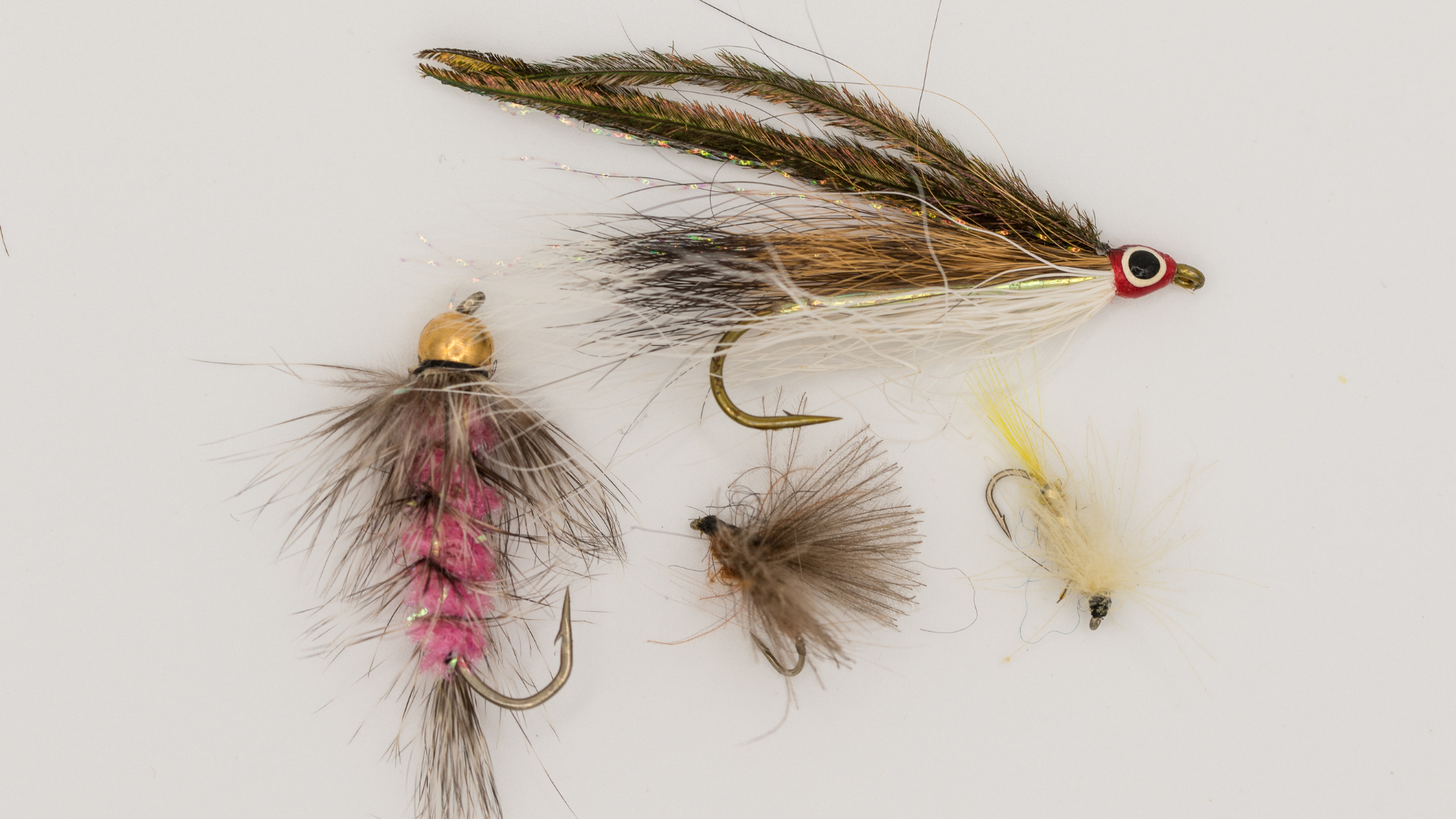Smith River - Woolwine - Virginia
Fly Fishing River Report & Conditions
Smith River – Woolwine - Water Flow Chart
Smith River – Woolwine - Weather report & radar
Smith River – Woolwine - General hatch chart
| Month | Hatch | Time of Day | Recommended Fly Sizes | Popular Fly Patterns |
|---|---|---|---|---|
| January | Blue Winged Olive | Mid-day | 18-22 | BWO Emerger, Olive Dun |
| Midges | All day | 20-24 | Griffith’s Gnat, Midge Larva | |
| February | Little Black Stoneflies | Afternoon | 14-18 | Black Stonefly Nymph |
| Blue Winged Olive | Mid-day | 18-22 | BWO Emerger | |
| March | Caddis | All day | 14-18 | Elk Hair Caddis, Hen’s Egg |
| April | Hendrickson | Afternoon | 12-14 | Hendrickson Dry, Adams |
| May | Light Cahill | Evening | 12-14 | Cahill Dry Fly, Light Cahill Wet |
| June | Yellow Sally Stoneflies | Afternoon | 12-16 | Yellow Sally Dry Fly |
| Sulphurs | Evening | 14-18 | Sulphur Dry Fly | |
| July | Caddis | All day | 14-18 | Elk Hair Caddis |
| Terrestrials | All day | 12-20 | Ants, Beetles | |
| August | Terrestrials | All day | 10-20 | Hoppers, Ants, Beetles |
| Tricos | Morning | 20-24 | Trico Spinner | |
| September | Blue Winged Olive | Mid-day | 18-22 | BWO Emerger, Olive Dun |
| October | Isonychia | Evening | 12-14 | Isonychia Dry Fly |
| November | Blue Winged Olive | Mid-day | 18-22 | BWO Emerger, Olive Dun |
| December | Blue Winged Olive | Mid-day | 18-22 | BWO Emerger, Olive Dun |
| Midges | All day | 20-24 | Griffith’s Gnat, Midge Larva |
Smith River – Woolwine Access Points
The Smith River in Woolwine offers some of the best access points for fly fishing. Depending on your preferences, the following are the top picks:
- Twin Ridge Recreation Area: This site provides easy bank access for fishing and scenic views of the Smith River.
- Philpott Dam Tailwater: This access point on the lower Smith River is known for its fly fishing opportunities, including stocked brown trout and native brook trout.
- DeHart Park: Located downstream of Woolwine, this area offers excellent wading access to the Smith River.
- Martinsville Dam: Below the dam, anglers can find deeper pools and runs that hold trout even during warmer months.
- Bassett Forks: This is a great spot for float fishing, with several miles of river to fish before reaching the next public access site at Spencer.
Smith River – Woolwine Fishing Spots
The Smith River in Woolwine, Virginia is renowned for its excellent fly fishing opportunities. The following locations are particularly noteworthy:
- Trooper’s Island: Offering an array of aquatic insects, this location is a favorite spot for fly fishing enthusiasts.
- Footbridge Area: This is a convenient spot due to the easy access. The water here is shallow, making it ideal for beginners.
- Philpott Dam: The tailwater fishery at the base of the Philpott Dam provides excellent year-round trout fishing.
- Belcher Mountain Road: Here, you’ll find a three-mile stretch ideal for both fly fishing and scenic enjoyment.
- Riverbend Park: This location provides suitable habitat for trout. It’s also convenient due to restroom facilities and walking trails.
Smith River – Woolwine Local Fish Species
- Smallmouth Bass: A very common target for fly fishers, known for their aggressive hits and acrobatic fights.
- Brown Trout: A native species distinct for its earthy colours and wide distribution in the river.
- Rainbow Trout: Commonly stocked, they are noted for their vibrant colors and energetic fights.
- Brook Trout: Native and small, but its beautiful colors make it a favorite among fly fishers.
- Rock Bass: Plentiful and aggressive species, they are considered great for beginner fly fishers.
- Chain Pickerel: These are aggressive predators with a toothy grin, known for their impressive battles.
- Walleye: Although not common, their size makes them a highly prized catch on the river.
- Muskellunge: Native to the river, this species provides one of the most challenging and thus rewarding catches for a fly fisherman.
About the Smith River – Woolwine
Nestled in the heart of Virginia, the Smith River is a captivating natural wonder that winds through the picturesque Woolwine area. This impressive river was named after Virginia colonist, Captain John Smith who played an instrumental role in the early establishment of American colonies.
The river’s rich history dates back to Native American populations who once used it for fishing and navigation routes. With time, it has transformed into a significant spot for both fishing and recreational activities.
- Brown and Rainbow Trout is a common catch here, making it a favorite among fishing enthusiasts.
- Those who love water, get to savor the thrill of canoeing and kayaking in its pristine waters.
This part of the country showcases the best of American natural beauty and historical significance. A visit to the Smith River in Woolwine is sure to be a memorable experience touching upon both, a rich history and mesmerizing scenery.
Community Contributions
Be part of the fishing community!
No updates submitted for this river.



